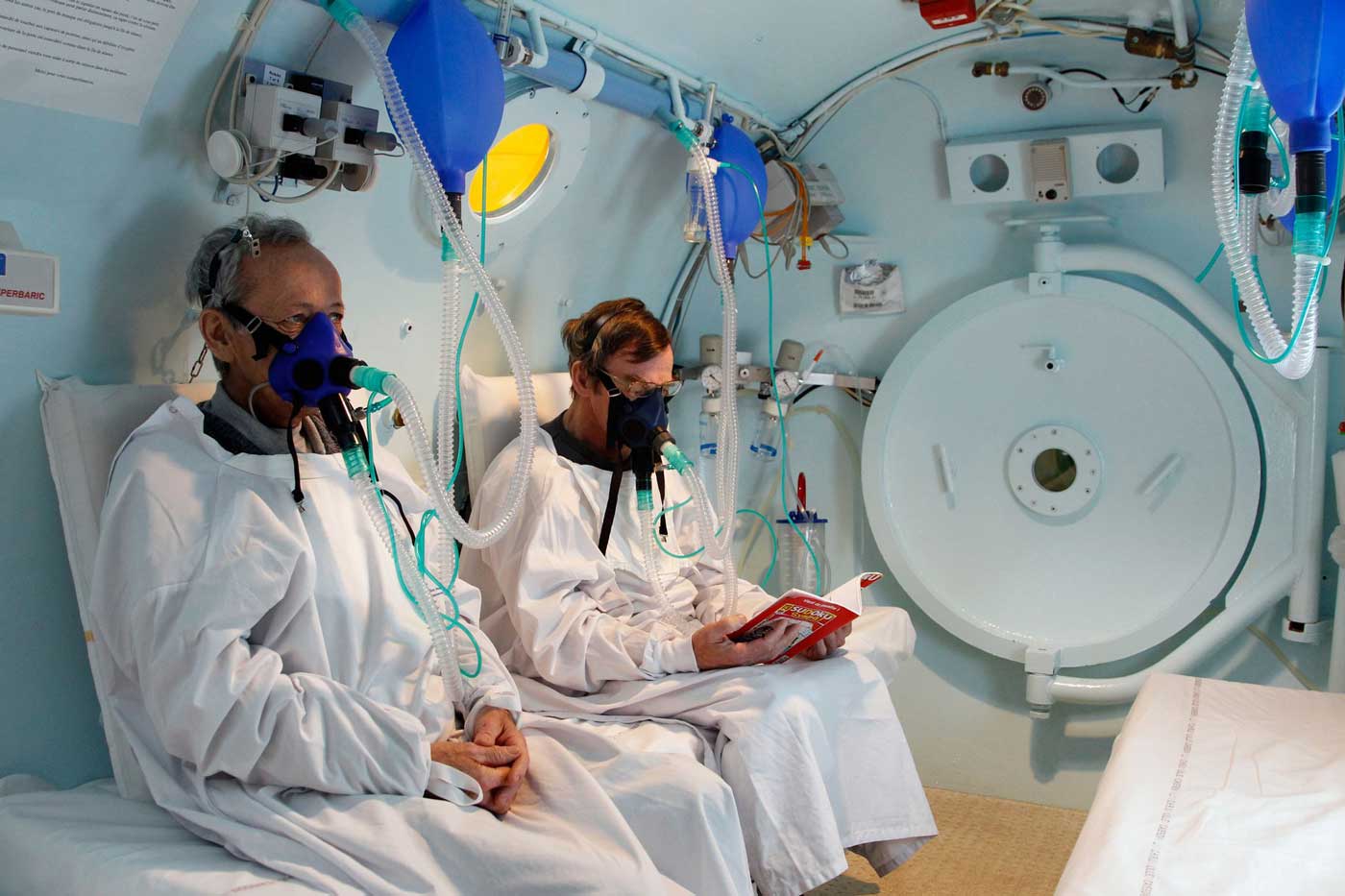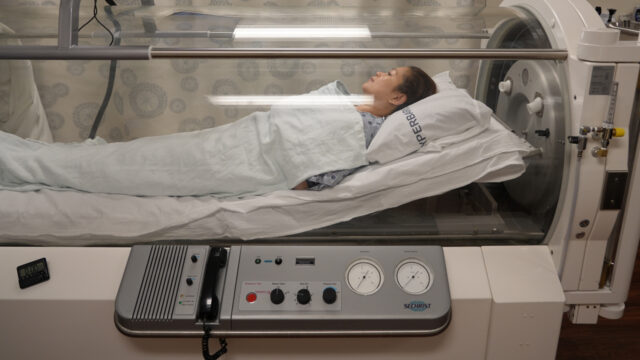
Hyperbaric Oxygen Therapy (HBOT) has been a subject of growing interest in both medical and wellness communities.
This therapy, involving the use of hyperbaric chambers to administer pure oxygen at high pressures, has shown promise in treating a variety of conditions.
Now, we want to provide insights and tips from a medical perspective, helping readers understand how to effectively and safely incorporate HBOT into their health regimen.
1. Medical Conditions Treated
HBOT has been utilized for a wide range of medical conditions. Its ability to significantly increase oxygen concentration in the blood and tissues makes it effective in accelerating wound healing, especially in diabetic foot ulcers and radiation injuries.
HBOT is also beneficial in treating decompression sickness, a risk associated with diving. Other conditions like severe anemia, brain abscess, and carbon monoxide poisoning have also shown positive responses to this therapy.
The therapy’s efficacy is largely attributed to the heightened oxygen levels which aid in reducing inflammation, enhancing the body’s natural healing process, and inhibiting certain types of bacteria. Regular sessions in a hyperbaric chamber can significantly improve outcomes for patients suffering from these conditions.
2. The Science Behind HBOT

The core science behind HBOT lies in its ability to dissolve increased levels of oxygen into the bloodstream under high pressure. This is based on the principle of physics that states the amount of gas dissolved in a liquid is proportional to the pressure exerted on the gas.
In the context of HBOT, when the body is exposed to higher-than-normal atmospheric pressure within multi-place hyperbaric chambers, more oxygen gets dissolved in the blood plasma. This oxygen-rich plasma can reach areas in the body where circulation is diminished or blocked, facilitating healing and regeneration.
This mechanism explains why HBOT is effective in accelerating wound healing, fighting certain infections, and improving conditions where blood flow is compromised. The therapy enhances the body’s natural healing processes, making it a valuable tool in medical treatment.
3. Safety Considerations
Safety is paramount when it comes to the daily use of HBOT. Whether using a multi-place hyperbaric chamber in a clinical setting or a personal chamber at home, it’s important to adhere to specific safety guidelines. These include ensuring the chamber is operated by a trained professional or following strict instructions for home use.
Users should be aware of the risks of oxygen toxicity and the importance of maintaining the right balance of oxygen concentration and pressure.
It’s also crucial to have regular check-ups and monitoring if using HBOT frequently, to avoid any potential complications. Adhering to prescribed session durations and not exceeding the recommended number of sessions is essential for safe therapy.
4. Preparing for a Session

Preparation is key to a successful HBOT session. Before entering a hyperbaric chamber, whether multiplace chambers in a clinic or a personal one at home, patients should wear comfortable, loose-fitting clothes and avoid using any flammable products like petroleum-based lotions or hair sprays.
It’s also recommended to have a light meal and be well-hydrated before the session, as this can help with comfort and ease any potential anxiety.
Mental preparation is also important, particularly for those who may feel claustrophobic. Understanding the process and what to expect can help alleviate concerns. In multiple chambers, which are larger and accommodate multiple patients, the communal aspect can also provide a level of reassurance.
5. What to Expect During a Session
During an HBOT session, patients can expect to feel a change in pressure, similar to what is experienced during air travel. In multiple hyperbaric chambers, this experience is shared with other patients, and medical personnel may be present inside. The session typically lasts for about 90 to 120 minutes, during which patients can relax, sleep, or watch movies in some setups.
It’s normal to experience a popping sensation in the ears as pressure is adjusted, and patients are often advised to perform ear-equalizing techniques. Throughout the session, the chamber is monitored by trained professionals to ensure safety and comfort.
6. Post-Session Care and Recovery

After an HBOT session, it’s important to take some time for recovery. Patients may feel a bit tired or lightheaded immediately after the session, so it’s advisable to rest for a short period before resuming normal activities. Drinking plenty of water helps in flushing out any toxins and aids in rehydration.
7. Combining with Other Treatments
HBOT can be effectively combined with other medical treatments to enhance overall therapeutic outcomes. For instance, when used alongside conventional wound care, it can accelerate healing in diabetic foot ulcers. In cases of radiation injury, combining HBOT with reconstructive surgery has shown improved recovery rates.
Doctors often recommend using HBOT as part of a comprehensive treatment plan, especially for chronic conditions. It’s important to consult with healthcare providers to understand how HBOT can complement other treatments being received and to coordinate care effectively.
8. Cost and Accessibility

The cost and accessibility of HBOT can vary depending on the type of chamber used and the condition being treated. Multiplace chambers, typically found in hospitals and specialized clinics, are more expensive due to their size and the need for trained personnel to operate them.
However, they offer the advantage of treating multiple patients simultaneously, which can be more cost-effective per session.
For individuals considering HBOT at home, portable hyperbaric oxygen machines offer more accessibility but can be a significant investment. Insurance coverage for HBOT varies widely, and it’s important to consult with insurance providers and healthcare professionals to understand the costs involved.
Closing Thoughts
HBOT offers a range of benefits for various medical conditions, but it requires careful consideration and proper usage. Whether undergoing treatment in multiple chambers or using a home unit, it’s important to follow safety guidelines, prepare adequately for sessions, and consult with healthcare professionals to maximize the therapy’s benefits.
As research in this field continues to grow, so does the potential for HBOT to become an integral part of more comprehensive treatment plans.





